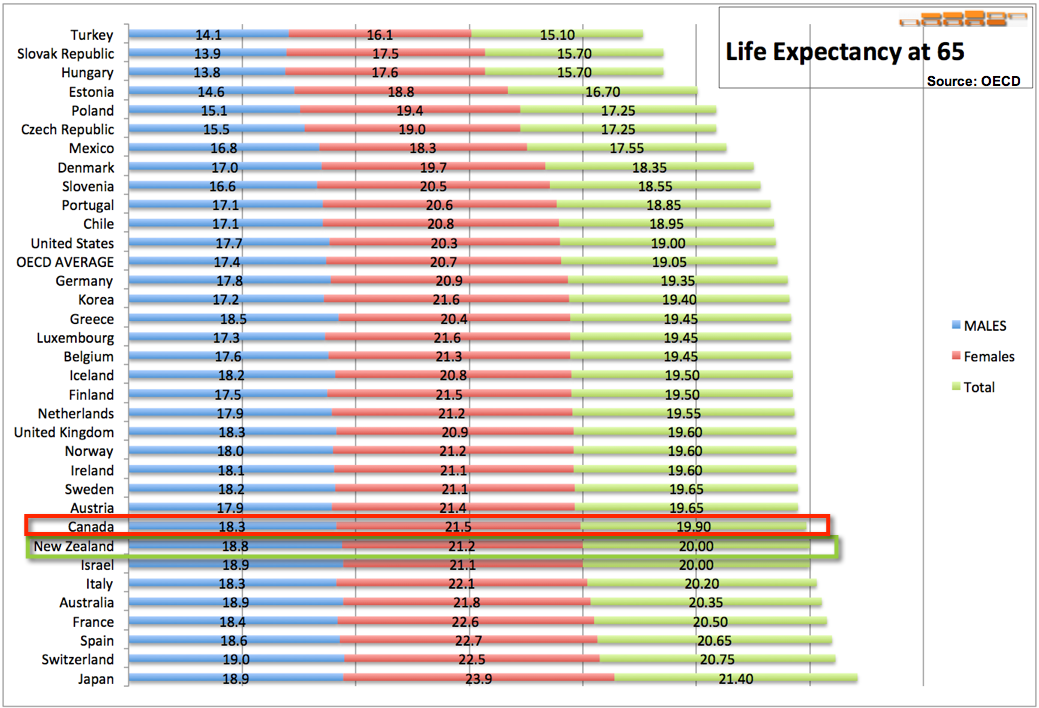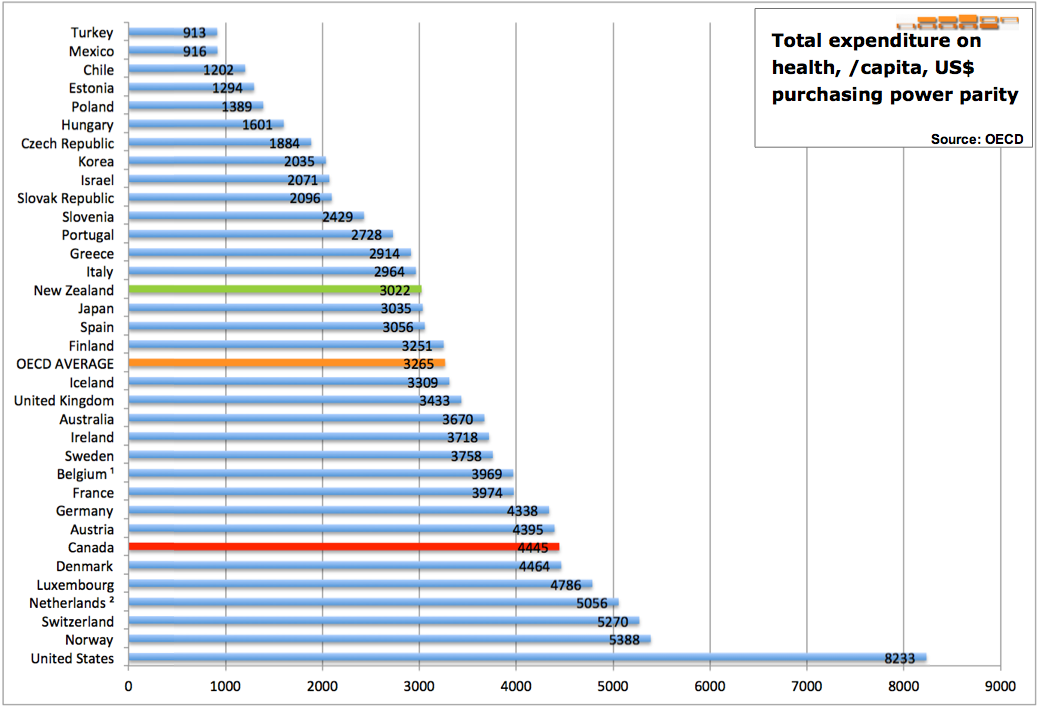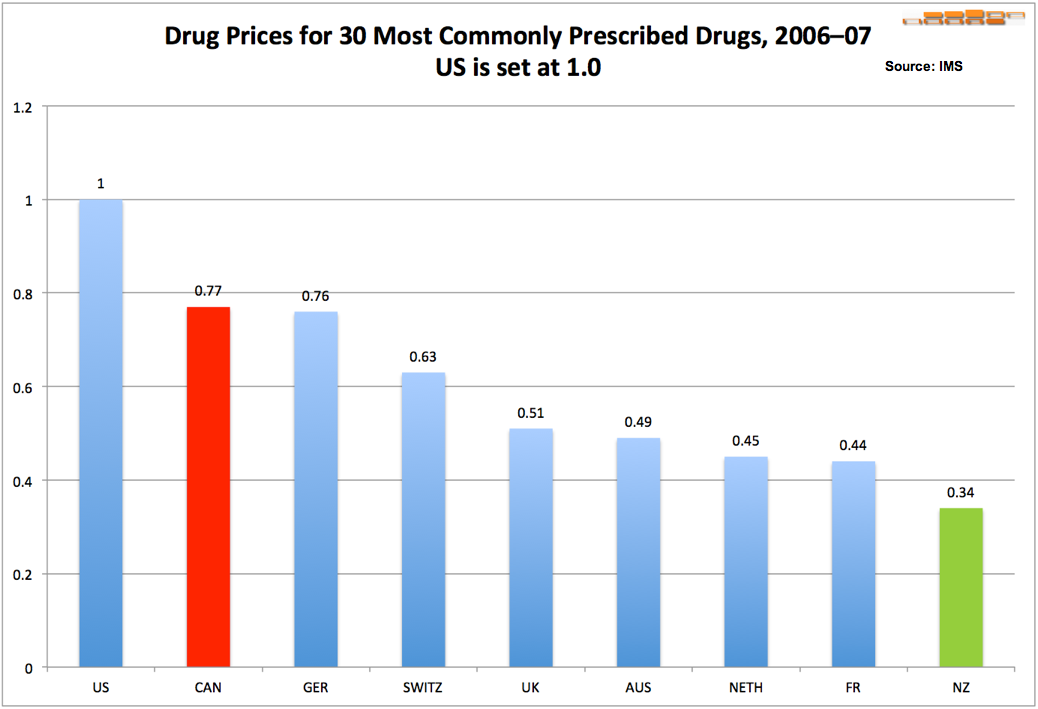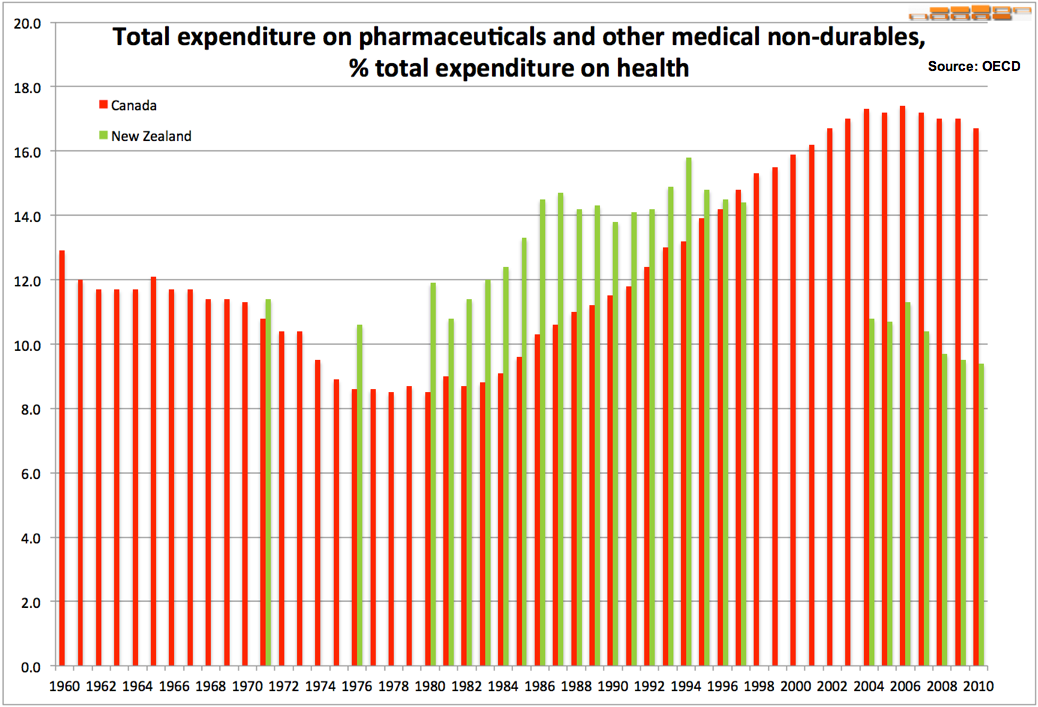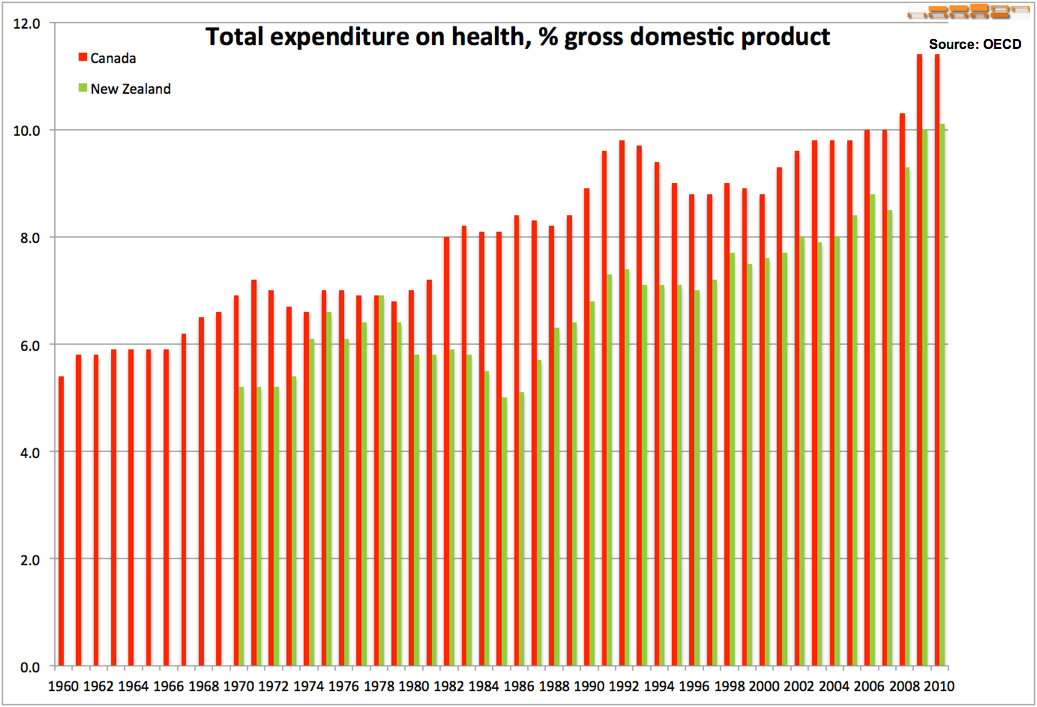Restricting drugs no cure for costs?
- Details
- Created on Thursday, 13 June 2013 01:53
 On June 10th, Geraldine Vance, the chief executive officer of the British Columbia Pharmacy Assocation, wrote an Oped in the Vancouver Sun titled "Restricting drugs no cure for costs". The article below is a rebuttal.
On June 10th, Geraldine Vance, the chief executive officer of the British Columbia Pharmacy Assocation, wrote an Oped in the Vancouver Sun titled "Restricting drugs no cure for costs". The article below is a rebuttal.Sources:
Have you ever been listened to?
- Details
- Created on Saturday, 09 March 2013 17:48
Dialogic Communication
I was yet to really learn the power of the collective.

Active Speaking and Active Listening
Verbal and Physical Communication - Are you open to communicate?
Power in the pause/creating participatory groups.

- be aware of how you speak, and how you listen;
- consider non-verbal cues, both yours and those of the other(s);
- and, allow the very natural conversational pause to occur- you will be surprised by who speaks up!
Going undercover to uncover?
- Details
- Created on Tuesday, 07 December 2010 04:10
 We all know that an integral part of the strategic planning and realization process is having/getting a good understanding of what's going on in the organization.
We all know that an integral part of the strategic planning and realization process is having/getting a good understanding of what's going on in the organization.
As we also know there are multiple ways of doing that.
In 2009 a new TV-series called "undercover Boss" was introduced that gives a whole new meaning to the term fact finding. Basically it shows an executive going undercover as a worker for a week in her/his own company. Usually there are big eye opening moments and at the end of the week the executive sheds the disguise and shares her/his lessons-learned with his executive team and the employees she/he worked with during the week.
What do you think of going undercover to uncover? Please let us and the growing number of readers of this know what you think by casting your vote on the right.
{jcomments on}You can leave a comment below.
The Islands Trust Strategic Plan
- Details
- Created on Wednesday, 10 October 2012 03:26
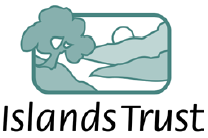
Introduction and high-level objectives
Detailed overview of objectives, activities and success measures
- OBJECTIVE
- STRATEGIES
- POTENTIAL ACTIVITIES AND PHASES
- WHO WOULD WORK ON IT?
- IS FUNDING REQUIRED OR IN PLACE?
- HOW WOULD WE MEASURE SUCCESS?
- STATUS (Italics indicate status change since last TC meeting)

Strategic Planning Process Diagram (2012-2013)
 This diagram is a simple one page circular block diagram outlining the sequence of events in developing the plan and the related budgets. Although there is mention of the achievement of some objective and the quarterly measurement of success we mis a more robust approach of strategic plan control and alignment.
This diagram is a simple one page circular block diagram outlining the sequence of events in developing the plan and the related budgets. Although there is mention of the achievement of some objective and the quarterly measurement of success we mis a more robust approach of strategic plan control and alignment.In conclusion
- Concise well written
- Use of active words
- Use a measures
- Lack of benefit statement (the why)
- Use of non-specific measures
- No link with previous plan (only as reference document on web-page)
Why have a strategy in the first place?
- Details
- Created on Tuesday, 30 November 2010 08:00
Why indeed?
Because whether you like it or not, you have one. Some may argue that:
"In a world where change is the only constant having a strategy is a necessity"
I would rephrase that by:
"In a world where change is the only constant all organizations have a strategy"
The question is not whether you should have a strategy but rather whether you know your strategy and are in control of it.
And those are the two big strategy questions:
1 Do you know your strategy?
2 Are you in control of your strategy?
If you are able to say yes to both that's great. In that case you could stop reading here. Please don't though! We would really like to hear from you how you do that. Use the comment section below to share your approach with the other readers.
If you can't answer both questions or maybe only question 1 let's see if we can give you some insight in how to get to two yesses. By the way, saying yes to question 2 implies by definition saying yes to question 1 as well.
{jcomments on}
Next time I will address the first question: Do you know your strategy?
I will tell you how to find out, even if you have never done any strategic planning at all, how to still determine what your current - yet implicit - strategy is.
I will give you some ideas how to establish a strategy.
Once that is done the real fun stuff begins (and it never ends!), getting and staying in control of your strategy.





